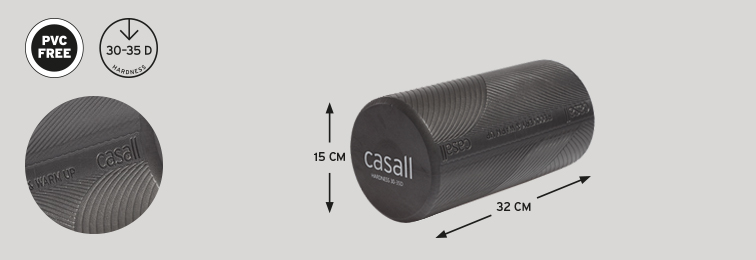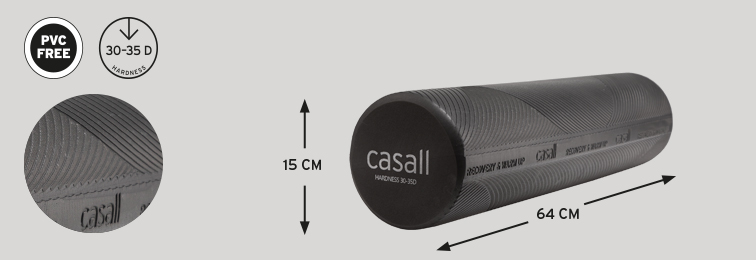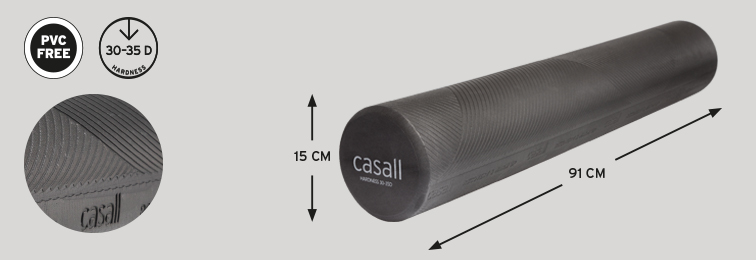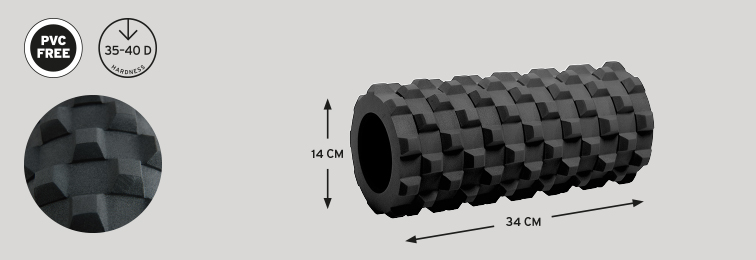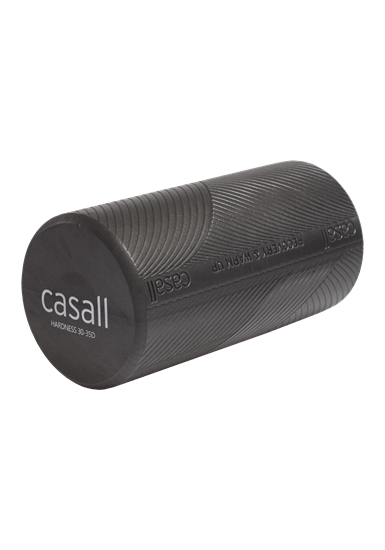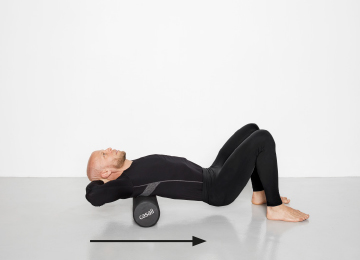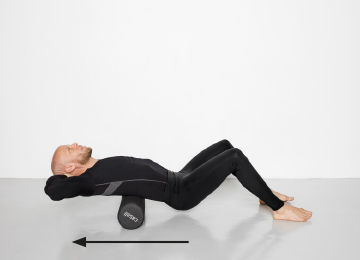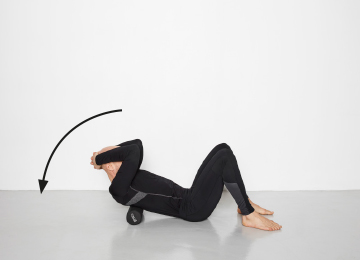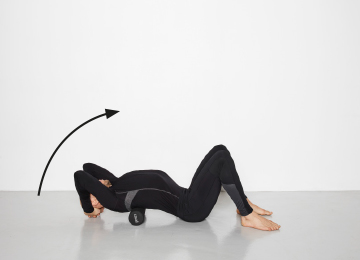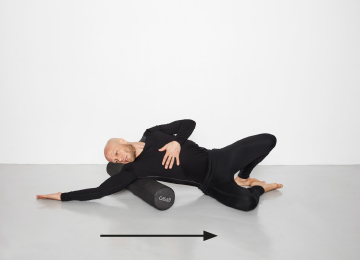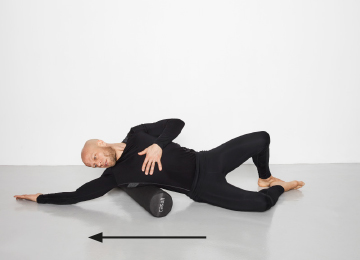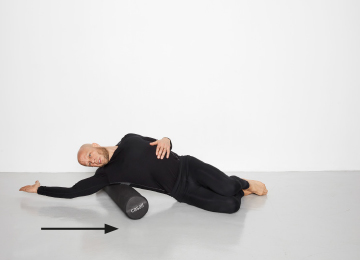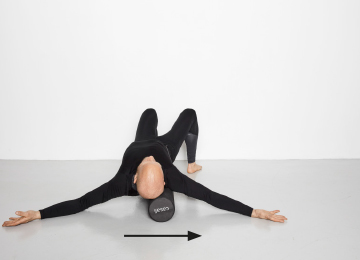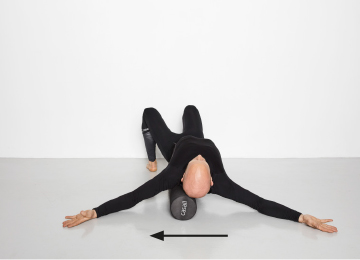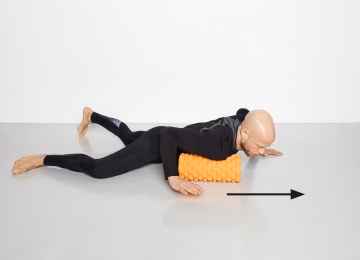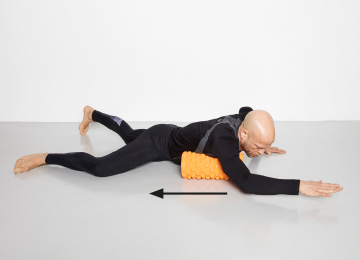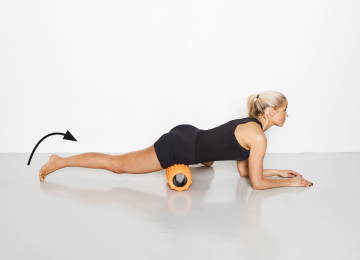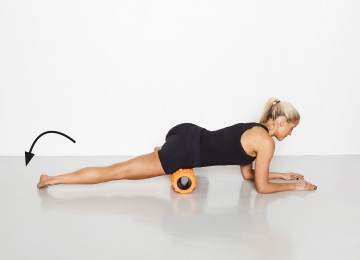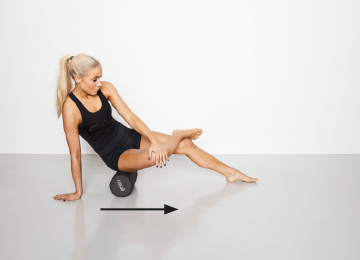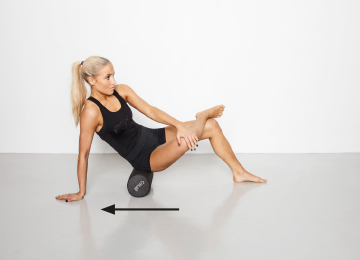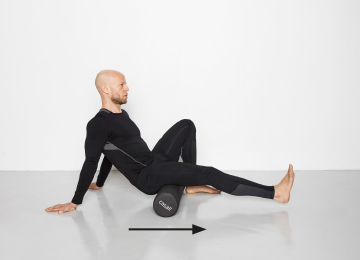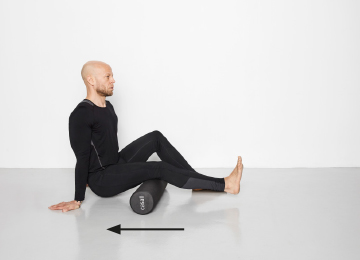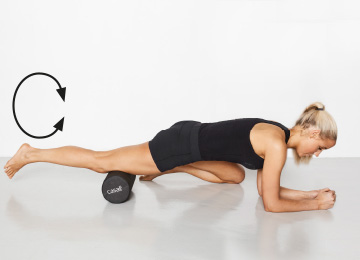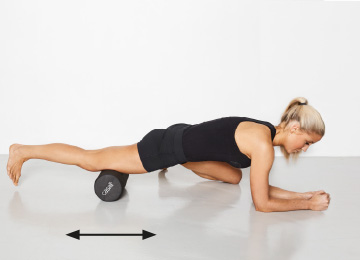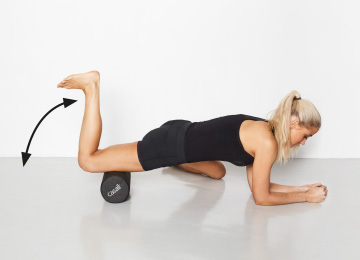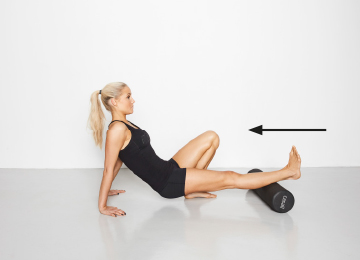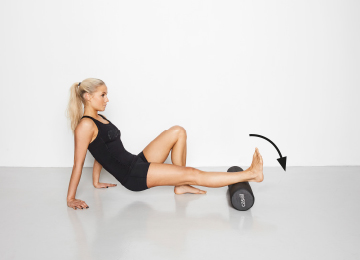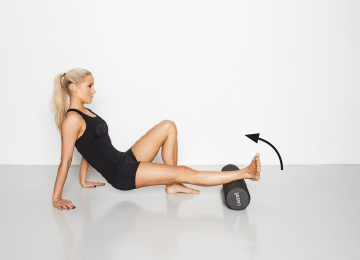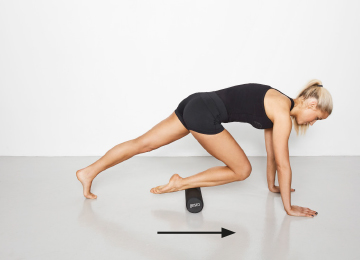How does foam roll training work?
Foam and tube roll training works by applying localized pressure to chosen regions of the body using, prescribed techniques as explained in this booklet. When pressure is applied with a roller, the roller exercises with help increase the circulatory flow through that area reducing soft tissue damage and improving movement dynamics.
It's a good idea to go barefoot or without shoes when you are foam rolling for a more relaxed feeling, and helps you to be more aware when completing the exercises.
When you encounter a tight area – which could be a tender spot in your muscle - rest on that spot, breathe deeply, and slowly massage back and forth and side-to-side with a subtle rocking motion for a few more reps or seconds, or until the tenderness you feel decreases by about 50%. When you cannot find any new trigger points, it is suggested to upgrade to a harder foam roller.
Can foam roller help prevent injuries?
Yes, studies have shown the benefits of regular foam and tube roll training can help reduce joint and back pain. Also aid as an excellent injury prevention tool.


